Buprenorphine: Effective Treatment for Opioid Dependence and Pain Management
Buprenorphine is a prescription medication widely used across Europe for the treatment of opioid dependence and the management of moderate to severe pain. As a partial opioid agonist, Buprenorphine works by binding to opioid receptors in the brain, helping to reduce cravings and withdrawal symptoms in individuals dependent on opioids. It provides effective and long-lasting relief, supporting those in recovery from opioid use disorder and helping them achieve and maintain sobriety.
Buprenorphine is also used in pain management, particularly in cases where other pain relief medications are not effective. Its unique pharmacological profile allows it to provide effective pain relief while minimizing the risk of abuse and dependence associated with full opioid agonists. Buprenorphine is available in various formulations, including sublingual tablets, patches, and injections, allowing healthcare providers to tailor the treatment to each patient’s needs.
Key Benefits of Buprenorphine:
- Supports Opioid Dependence Treatment: Effectively reduces cravings and withdrawal symptoms, helping individuals manage opioid dependence and maintain recovery.
- Partial Opioid Agonist: Offers effective symptom control with a lower risk of misuse, abuse, and respiratory depression compared to full opioid agonists.
- Versatile Formulations: Available in sublingual tablets, transdermal patches, and extended-release injections, allowing flexible administration tailored to individual needs.
- Effective Pain Management: Provides relief for moderate to severe pain, particularly in patients who cannot tolerate or do not respond well to other pain medications.
- Long-Lasting Effects: Delivers sustained relief from opioid withdrawal symptoms or chronic pain, supporting both recovery and daily functioning.
Who Should Use Buprenorphine?
Buprenorphine is suitable for individuals with opioid dependence who require medication-assisted treatment to manage withdrawal symptoms and cravings. It is also effective for patients needing pain management, particularly those with chronic pain conditions that do not respond well to other treatments. Buprenorphine is an excellent option for those seeking effective relief with a lower risk of misuse or dependence.
How to Use Buprenorphine:
Buprenorphine is available in several forms, including sublingual tablets, patches, and injections. The method of administration and dosage will depend on the condition being treated, the patient’s medical history, and the healthcare provider’s recommendations. For opioid dependence, sublingual tablets or films are often used daily or as directed. For pain management, Buprenorphine patches are typically applied to the skin every seven days, or extended-release injections may be administered as prescribed by a healthcare professional.
Important Safety Information:
Before starting Buprenorphine, inform your healthcare provider about any medical conditions, including respiratory issues, liver problems, or mental health concerns. Common side effects may include nausea, constipation, dizziness, headache, and sweating. As Buprenorphine can interact with other medications and substances, it is essential to follow your healthcare provider’s guidance and avoid alcohol or other central nervous system depressants.
Why Choose Buprenorphine?
Buprenorphine offers a comprehensive solution for both opioid dependence treatment and pain management, making it a versatile choice for patients across Europe. Its unique properties as a partial opioid agonist provide effective relief with a lower risk of abuse, allowing for safe and sustainable treatment. Whether you’re managing withdrawal symptoms or seeking pain relief, Buprenorphine delivers reliable results to support your journey to recovery and better health.


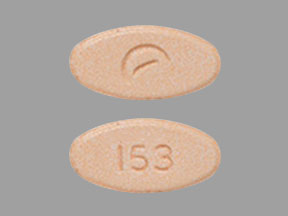

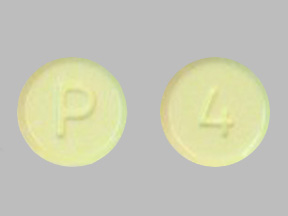
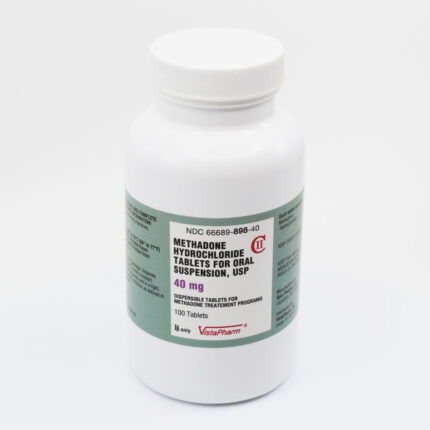
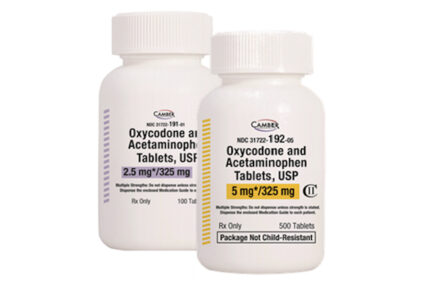
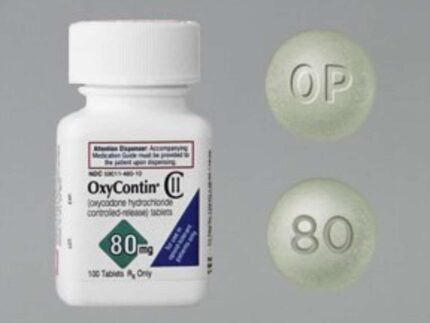
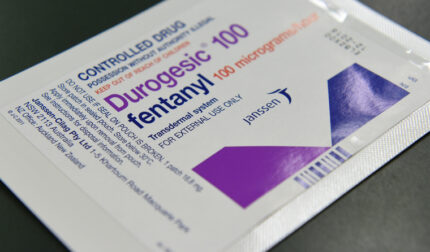

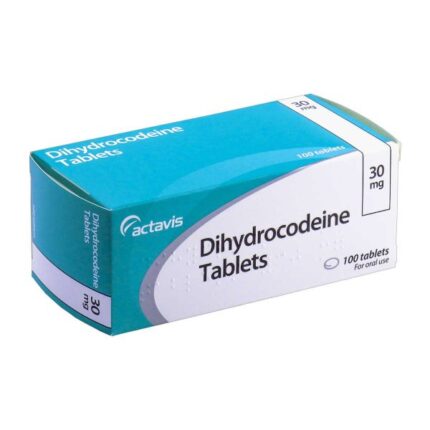


Reviews
There are no reviews yet.